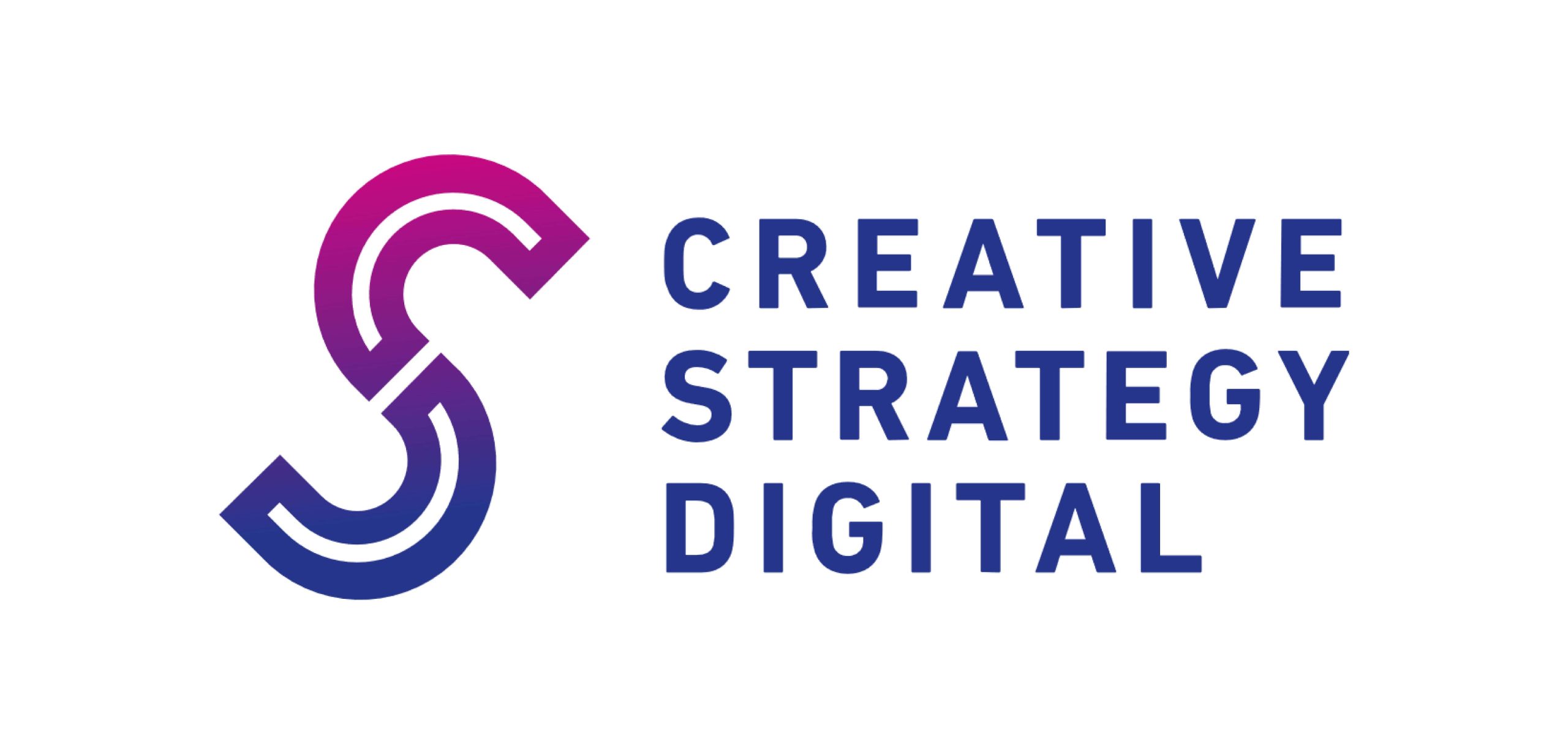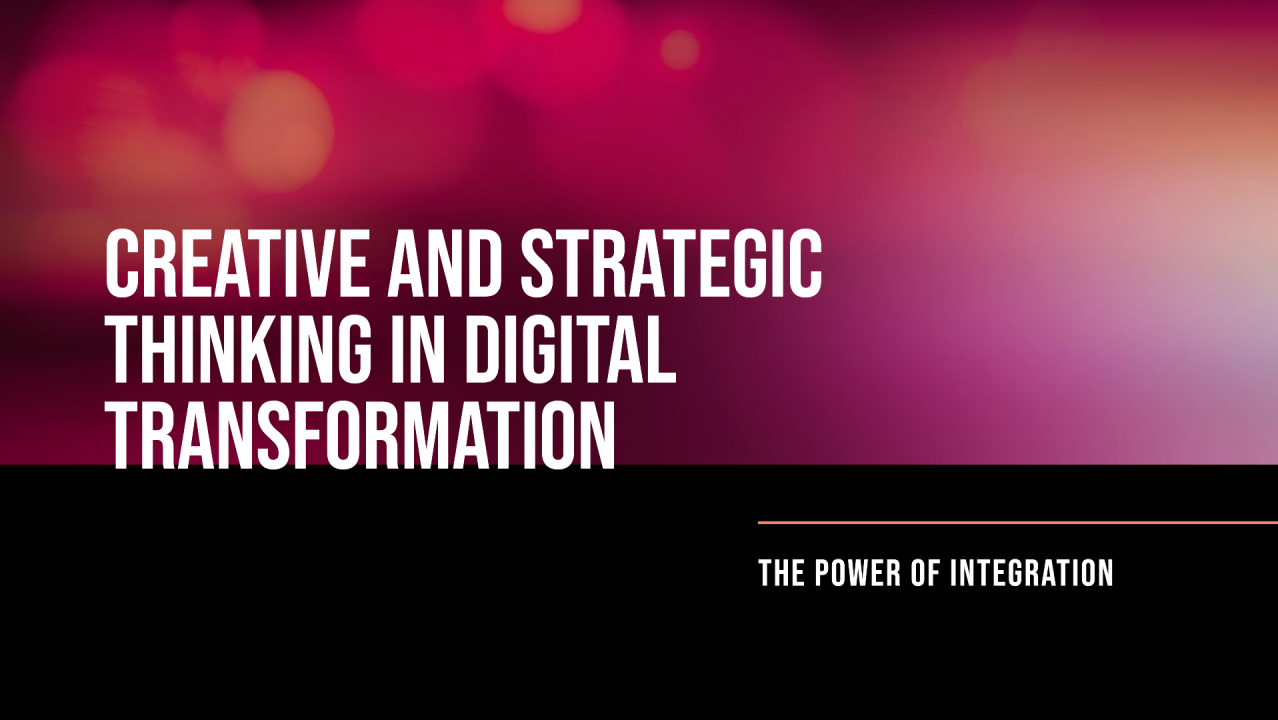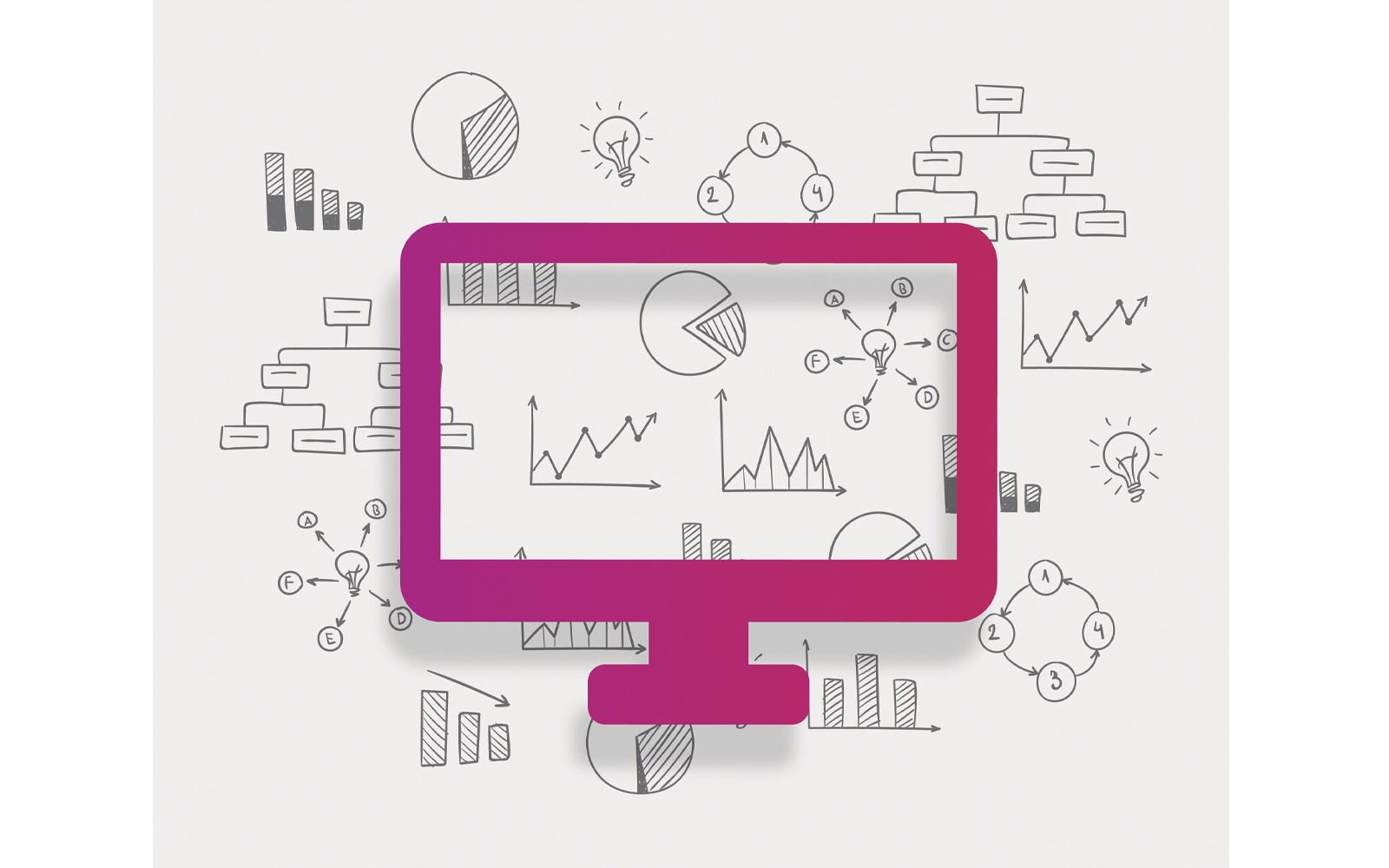Engagement vs. Reach: Which Social Metric Matters More?
When it comes to measuring the success of your social media campaigns, two metrics are often at the forefront of every marketer’s mind: engagement and reach. While both are essential, understanding the difference between these two and knowing which one truly matters more can dramatically impact how you approach your social media strategy.
In this post, we’ll dive into both metrics, highlight their importance, and guide you on which one to prioritize based on your goals.
What Is Reach?
Reach refers to the total number of unique people who see your content. It’s a measure of how far your posts are spreading across social platforms. Think of it as the size of the audience exposed to your message.
Key aspects of Reach:
- Total Audience Exposure: Reach shows the number of individuals who’ve come across your content.
- Viral Potential: High reach usually indicates that your content is being shared or discovered outside your existing followers.
- Top-of-Funnel Metric: It’s one of the first steps in building brand awareness.
Reach is a fantastic metric to gauge how many people have seen your post. However, it doesn’t tell you whether those people are engaging with your content or even remembering your brand.
What Is Engagement?
Engagement is a deeper metric. It represents the interactions people have with your content, including likes, shares, comments, clicks, and more. Engagement shows how much your audience cares about your content and how actively they’re participating.
Key aspects of Engagement:
- Quality Interactions: It measures the actions people take after seeing your content (e.g., commenting, liking, sharing).
- Audience Connection: Engagement shows the emotional or intellectual connection between your brand and your audience.
- Mid-to-Bottom Funnel Metric: It indicates active participation and helps drive conversions.
Engagement is a more qualitative metric that reveals how well your audience resonates with your content and, ultimately, your brand.
Which Metric Should You Prioritize?
The answer depends on what stage of your marketing funnel you’re targeting and what your overall objectives are.
1. If You’re Building Brand Awareness: Prioritize Reach
Goal: Get your message in front of as many eyes as possible.
Why Reach Matters: If you’re just starting or launching a new product, reach is crucial. You need as many people to see your content as possible to raise awareness.
When to Measure: Focus on reach during product launches, rebranding efforts, or campaigns aimed at reaching a broader audience.
2. If You Want to Build a Strong Community: Prioritize Engagement
Goal: Develop meaningful relationships with your audience.
Why Engagement Matters: Engagement shows that your audience is interested, cares, and wants to have a conversation. It’s the key to building loyalty and brand advocacy.
When to Measure: Focus on engagement when you’re running campaigns focused on building relationships, such as nurturing current customers, or fostering a community.
3. If You Want to Drive Conversions: Focus on Engagement
Goal: Turn potential customers into actual buyers or subscribers.
Why Engagement Matters: People who engage with your content are more likely to convert. The more your audience interacts with your posts, the more likely they are to trust your brand and move down the sales funnel.
When to Measure: Focus on engagement when promoting specific offers, deals, or products designed to drive sales.
The Balance Between Reach and Engagement
While both metrics matter, there’s no need to choose between them completely. The key is to find the right balance for your strategy.
For example:
- A viral post may have incredible reach, but if it doesn’t generate much engagement, it could mean that while people are seeing it, they aren’t connecting with it deeply.
- On the other hand, highly engaged content with low reach might indicate that you’re building a loyal, but smaller audience. This could be great for long-term relationships but limiting in terms of scalability.
Optimizing for Both:
- Use Reach to Amplify Engagement: By getting your content in front of more people (via paid ads, shares, and partnerships), you increase the chances of generating higher engagement.
- Use Engagement to Measure the Quality of Reach: If you have high reach but low engagement, you may need to rethink your content strategy. Focus on creating content that resonates with your audience and motivates action.
Which Metric Matters More for Your Business?
It ultimately comes down to your business goals.
- Brand Awareness: Reach is essential for spreading your message far and wide.
- Community Building: Engagement will help you foster strong, meaningful connections.
- Conversions: Engagement is the key to turning leads into loyal customers.
For businesses in the growth phase or launching a new product, reach can often be the priority. However, as you mature and build your community, engagement becomes a more critical measure of success.
Conclusion
Both reach and engagement are important, but each serves a different purpose in the broader marketing strategy. Reach is excellent for increasing brand visibility, while engagement is essential for building relationships and driving conversions.
Ultimately, knowing which metric to prioritize will depend on where you are in your social media journey and what goals you’re trying to achieve. By balancing both metrics, you can create a more well-rounded and effective social media strategy that supports long-term growth.




